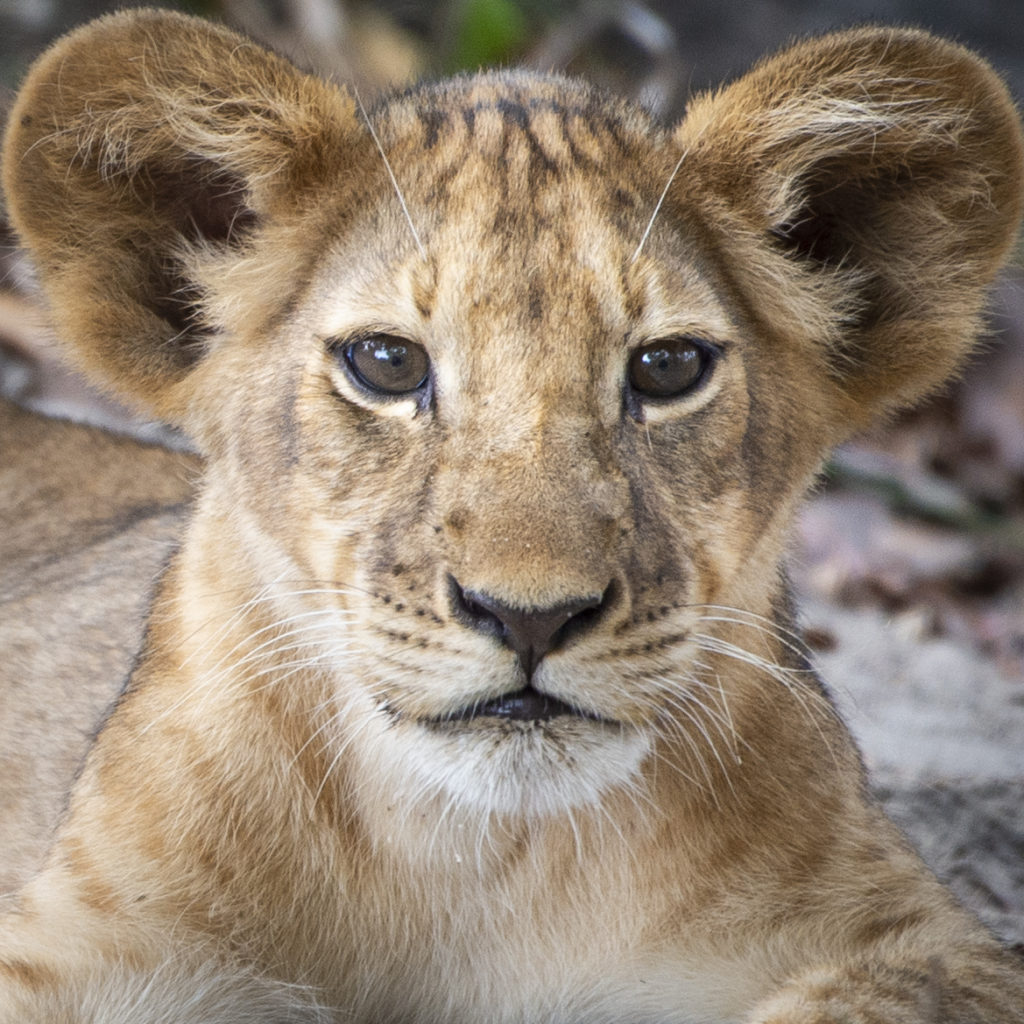
25 years after “The Lion King” hit theatres as one of the world’s most successful films, Disney will release its remake on July 19th. While the 1994 original won multiple awards for its creative animation work, the 2019 remake relied on photorealistic CGI technique – computer generated Images – a technique so realisitically precise, it could fool the movie goers into believing they’re watching an Attenborough documentary, if it weren’t for the unrealistic plot.
That and its anthropomorphism will surely turn the remake into an even bigger success at the box offices. For lions have fascinated humans as long as they remember.
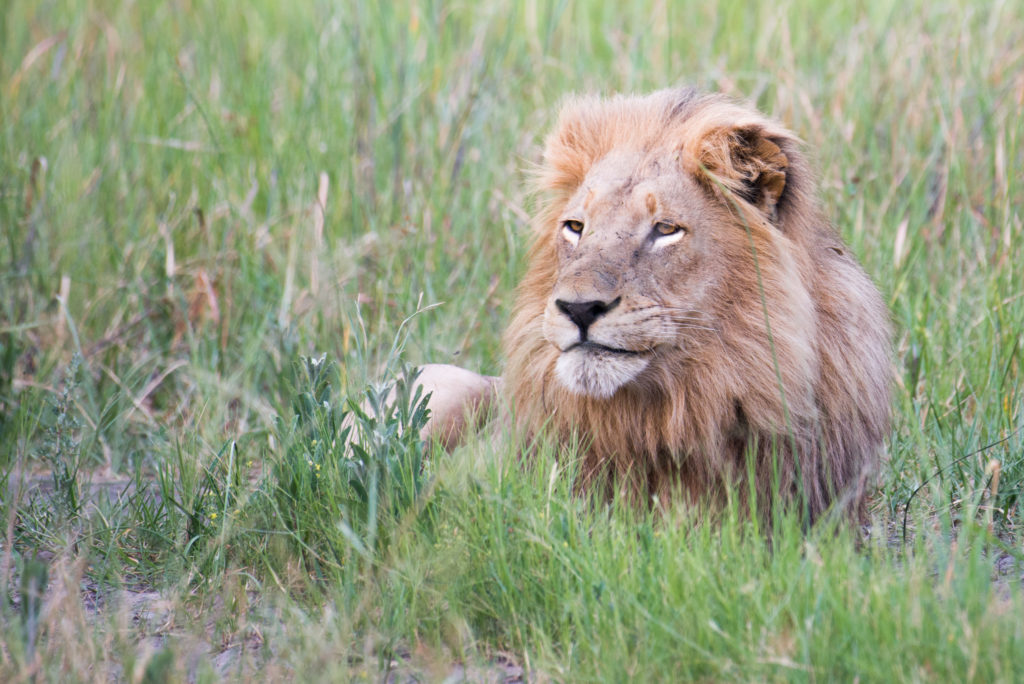
Spotting a lion, or a lioness, in the wild is a both intimidating as awe inspiring experience: the demeanor of a queen, a king, the innate grace that stems both from superior in strength as well as the unconditional solidarity to the pride. No wonder humans have idolized them.
The oldest known object of figurative art is in fact a figurine of a human’s body with a lioness’s head. The so called Löwenmensch, German for Lion Human, was carved out of mammoth tusk about 40,000 years ago. Discovered in Germany in 1939, only a couple of days before the outbreak of WWII, the Löwenmensch is proof of the presence of lions all over Europe.
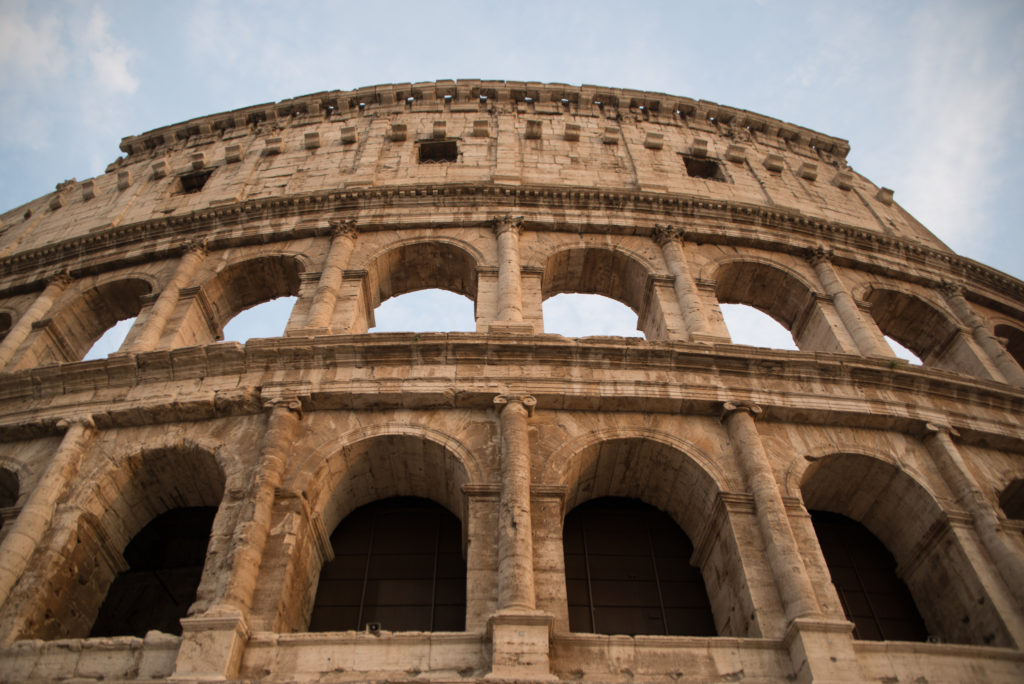
Neither cave lions, which roamed central Europe in prehistoric times, nor the smaller South European Lion, Panthera Leo which the Romans still enountered when they ruled the continent, had humans on their menu – unless of course they were made sparring partners to unlucky gladiators at the colosseum. Rather, lions and humans have always been competitors on the hunt.
A competition, humans won. The Panthera Leo Europea has long gone extinct. And for the African Lion, the Panthera Leo Leo, the outlook is just as bad.
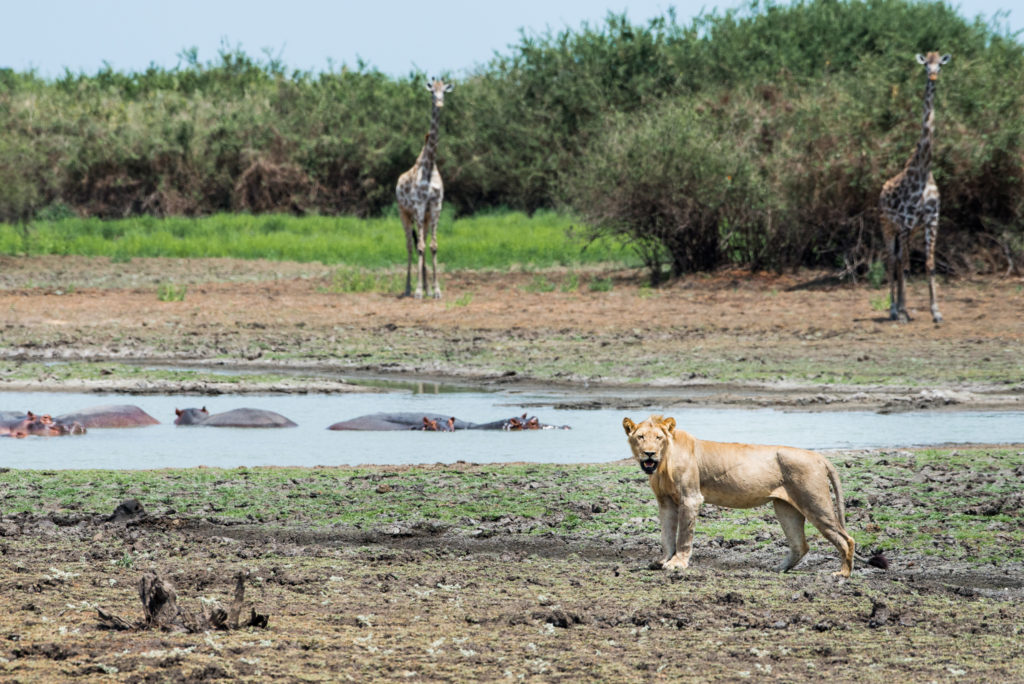
25 years since Disney’s “The Lion King” ran as one of the highest grossing films of all times, lions have halved in number to less than 25.000 – there are fewer lions than rhinos worldwide. Only six countries are home to more than 1000 lions respectively. All of them are in Southern or Eastern Africa, most notably Tanzania, which with its Selous Game Reserve and Ruaha National Park – still offers sufficient space and prey for large predators to thrive.

Lions have suffered a dramatic loss of habitat through fragmentation due to agriculture and livestock replacing their natural prey, fueling the conflict between carnivores – humans and lions in this case. Many lions are simply killed in retaliation, or because they are perceived a threat to human livelihood. Poaching, badly managed trophy hunting and bush meat hunting – due to poverty in rural Africa – have done the rest to put lions on the list of endangered species.
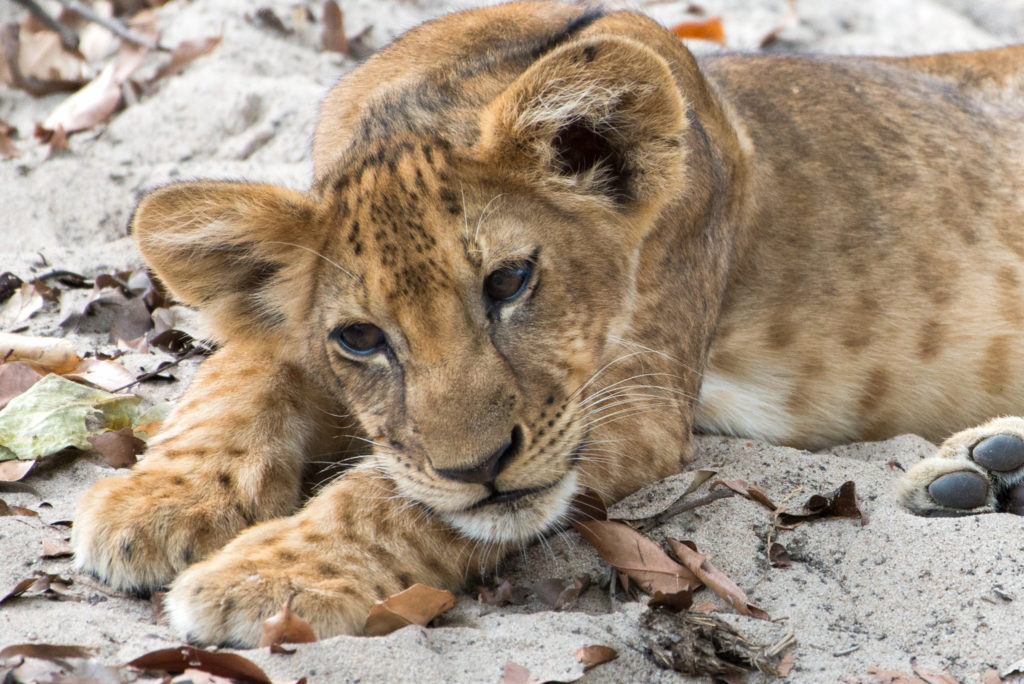
25 years after Disney’s “The Lion King” hit the theatres as one of the best selling shows ever, the IUCN, the International Union for Conservation of Nature, put lions on the list of endangered species.
But real, wild lions however are important in this world and to individual countries. As apex predators they keep ecosystems in balance, they increase the touristic attractiveness as a country for ecotourism. But most importantly, they have as any other living being on this planet has an unconditional right to live.
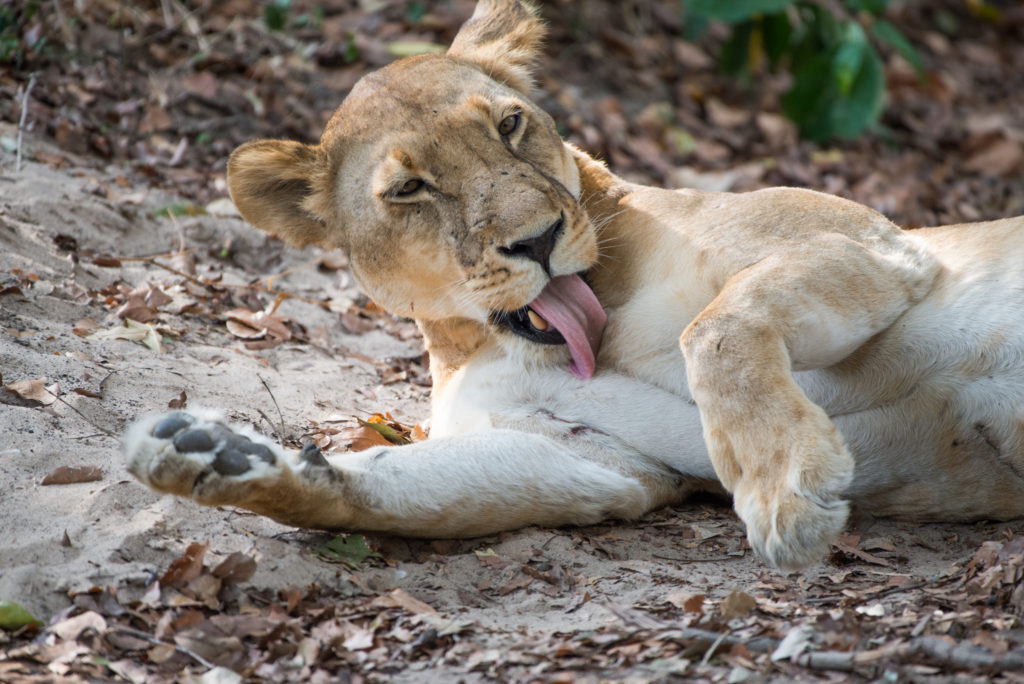
25 years since the first Lion King, the Walt Disney Corporation has asked fans to donate to their Lion Recovery Fund, as well as donating $1.58 million to various lion protection projects since August 2018 themselves. A number dwarfed the $814.7 million adjusted life time grossing of the first Lion King.
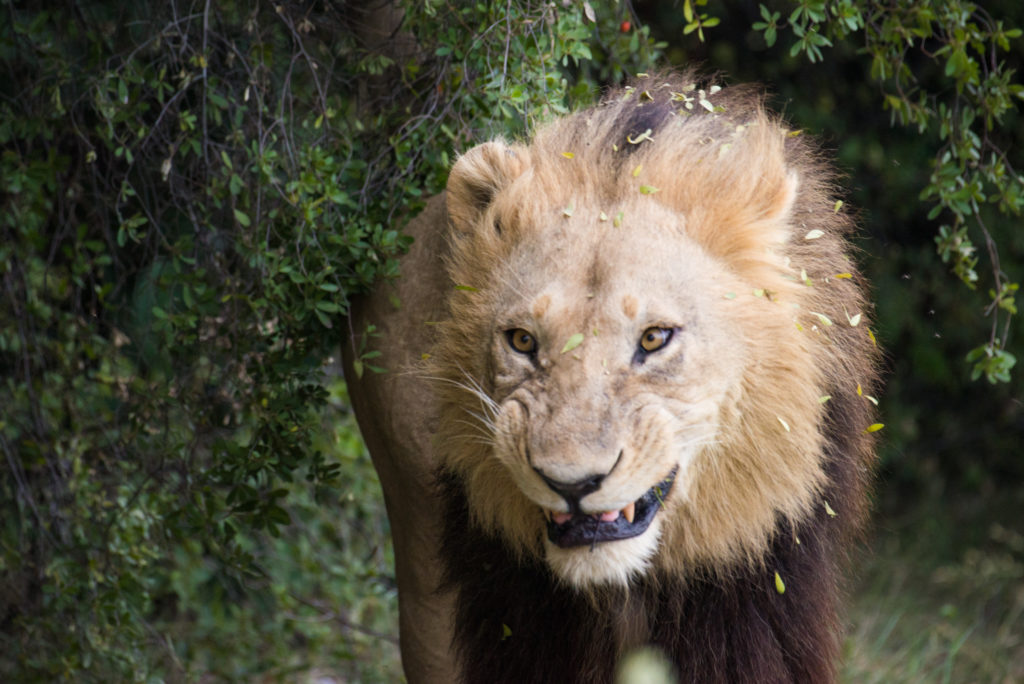
Here are some links of lion conservation projects for you to donate:
The Ruaha Carnivore Conservation Fund:
